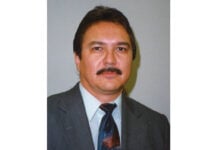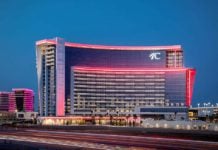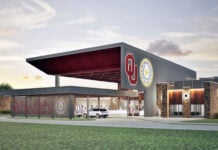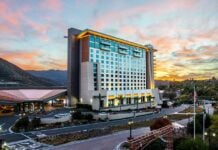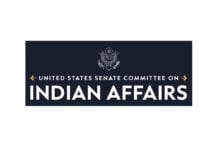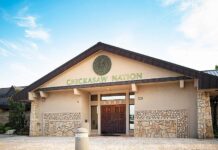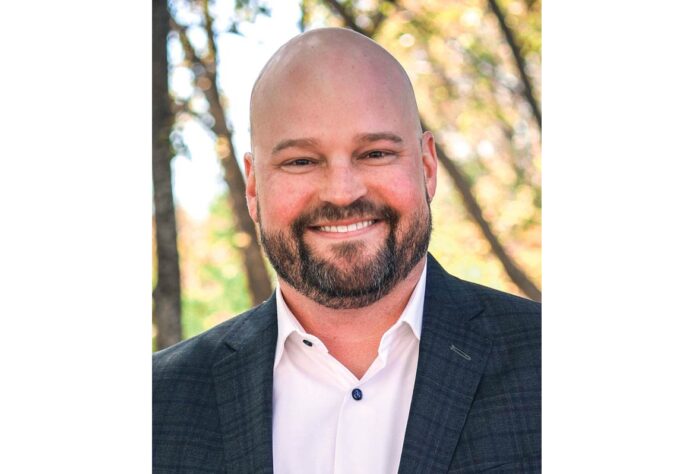by Jake Zwaagstra
In a rapidly changing market with evolving consumer preferences, determining how to drive success for Indian gaming developments is more complex than ever. With the rise of new technologies and increased competition, it’s become more and more difficult to predict what will resonate with guests and generate long-term profitability.
Today, gaming developments must strike a balance between delivering immediate ROI and honoring the tribal community’s long-term goals, ensuring lasting relevance for decades to come. Navigating this space requires more than vision – it demands a holistic master planning process informed by feasibility studies, customer-centric surveys, and active stakeholder engagement.
Beyond guiding the big picture, a successful master plan helps anticipate and accommodate potential challenges, from climate resilience and utility demands to shifting guest expectations. With a proactive and informed approach, project teams can make more intentional decisions, ensuring projects are adaptable, sustainable, and built for long-term success.
Define the Project Road Map
Every successful master plan begins with a clear road map that translates a big-picture vision into actionable next steps and sets the foundation for long-term success. This begins with identifying the right stakeholders and understanding their priorities within the tribal community. When done thoughtfully, a well-crafted master plan can empower the community, strengthen cultural identity, and create lasting opportunities for future generations.
Building a road map starts with asking the right questions. These include practical considerations like budget, timeline, and long-term goals. But not all questions are easy or comfortable. For example, deciding whether to invest in infrastructure early can be challenging when the upfront cost is high and the return on investment isn’t immediately clear. However, making those investments early can help avoid much higher expenses down the road and keep the project moving forward more efficiently. By addressing these tough questions early, teams can clarify expectations, define a realistic scope, and ensure the project stays aligned with priorities within the limits of time, funding, and resources.
The project road map should also establish clear financial guardrails, governance, and communication structures from the outset. Whether working within formal hierarchies or more fluid tribal decision-making frameworks, it’s vital to understand how approval processes work and who ultimately has the authority to greenlight key decisions. Establishing this foundation early on helps articulate what success looks like, aligns stakeholders around a shared vision, and keeps everyone focused on long-term goals throughout the development process.
Determine Where the Market is Headed
Future-proofing a development means thinking beyond the present moment. It starts with listening to operators, analyzing trends, and understanding where the market is going. This forward-thinking mindset allows teams to identify shifts in guest demographics, lifestyle preferences, and infrastructure demands that will shape what’s needed down the road.
Customer surveys and market research play a critical role in this process. Understanding what attracts guests and what keeps them coming back helps refine the development plan to prioritize high-impact amenities. These might include upgraded gaming experiences, wellness-focused hospitality, or innovative food and beverage concepts. Early wins in these areas can build momentum while laying a strong foundation for future phases.
With these insights, master planning can move beyond the present moment to design a guest experience that evolves over time. This means looking beyond the gaming floor and embracing a broader, more inclusive vision. As families become a larger part of the customer base, regional casinos are expanding their appeal with pools, arcades, movie theaters, and other all-ages entertainment. At the same time, loyalty programs like players clubs are being reimagined to offer personalized, gamified experiences that keep guests engaged well beyond a single visit.
Balance Short-Term Wins with Long-Term Vision
The next step is identifying components of your master plan that will drive both short-term revenue and long-term value. Which features of the development will generate immediate revenue while also positioning the project for sustained growth? Answering this question involves addressing immediate goals, such as what needs to be opened first and which revenue streams should be activated early, while also thinking ahead to the future growth of the project. Often, this means investing in infrastructure that may seem excessive for Phase 1, but will pay off significantly when later phases roll out. For instance, oversized utilities or flexible parking structures that can be adapted to other uses down the road create a solid foundation for future expansion. The goal is to incorporate options and flexibility into the core of the plan, allowing the development to grow and evolve with changing needs.
Balancing immediate development goals with the long-term vision also requires a clear understanding of financial constraints and phased revenue generation. Different owners will have different needs. Some may have existing revenue streams that allow for a phased approach, while others may need quicker returns to keep momentum going. Identifying high-return areas, such as gaming, food and beverage, and amenities, can help prioritize short-term investments. These decisions should be reflected in the capital plan, laying the groundwork for future phases while staying aligned with the overarching long-term strategy.
Expect the Unexpected
The final layer of a successful master plan is preparing for what lies ahead. Future-proofing isn’t just about responding to trends; it’s about anticipating change from the very beginning. Whether it’s shifting market demands, climate challenges, or evolving operational needs, building in flexibility ensures that developments remain relevant and resilient over time.
For many, mid-project adjustments have become increasingly common. These experiences have shaped a proactive approach: flexibility is not about leaving blank spaces but about designing smart, responsive systems from the beginning. Key strategies include:
- Smart Infrastructure: From energy-efficient systems to AI-enhanced guest services, incorporating digital tools improves both functionality and experience.
- Climate Resiliency: Planning for environmental stressors – whether through eco-conscious construction, water management, or renewable energy – ensures long-term viability in the face of any unexpected weather.
- Utility Planning: Anticipating future utility needs helps avoid costly retrofits down the line. Investments in scalable power, water, and digital infrastructure enable growth without disruption.
- Zoning and Use Flexibility: By allowing spaces to evolve – whether that means converting underused areas into new amenities or co-locating complementary uses – developments can stay relevant as market conditions shift.
- Community Integration: Finally, future-proofing means thinking beyond the property line. How does the project serve the broader community? What lasting value does it create?
Building with Intent for the Long-Term
As the Indian gaming landscape continues to evolve, success lies in deliberate, long-view planning. By embracing a strategic master planning approach – one that asks the right questions, engages the right people, and looks beyond the immediate horizon – tribal owners can create developments that honor tradition while boldly preparing for the future.
At its core, this approach is about more than just staying competitive; it’s about aligning today’s decisions with a broader vision of cultural, economic, and environmental sustainability. A holistic master planning strategy ensures that your plans become tangible outcomes: spaces that are resilient, adaptable, profitable, and deeply rooted in purpose. In an unpredictable market, that kind of intentionality isn’t just valuable – it’s essential.
Jake Zwaagstra is CEO of Tricelta Development, an owner’s representative firm. He can be reached by calling (469) 632-9920 or email [email protected].


